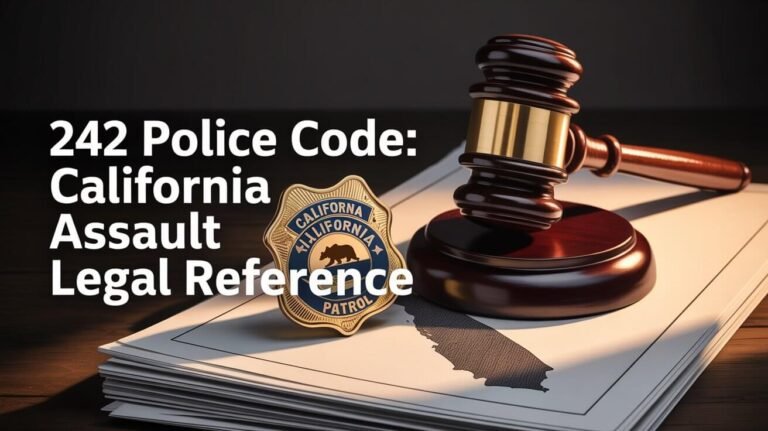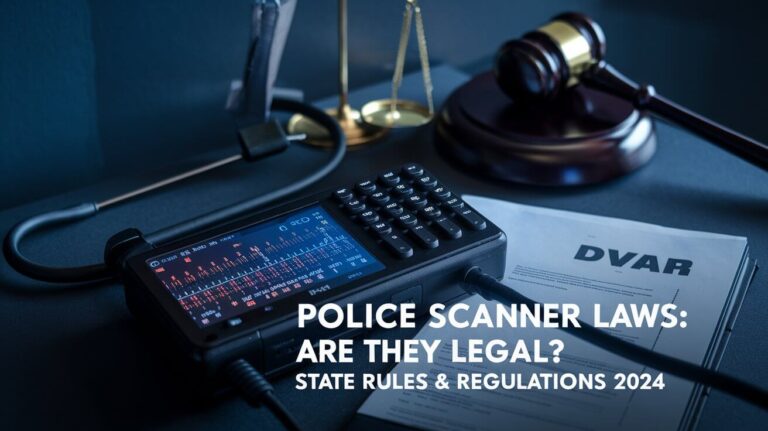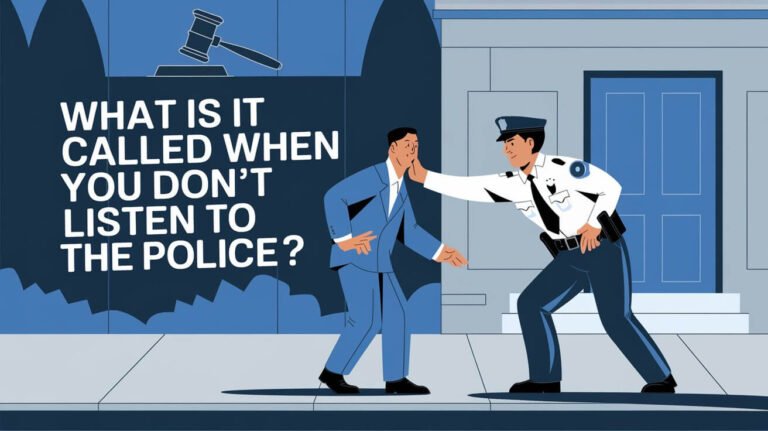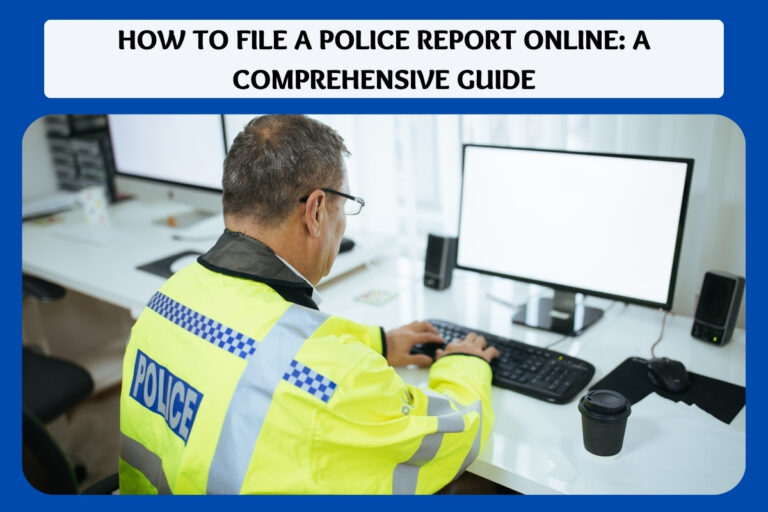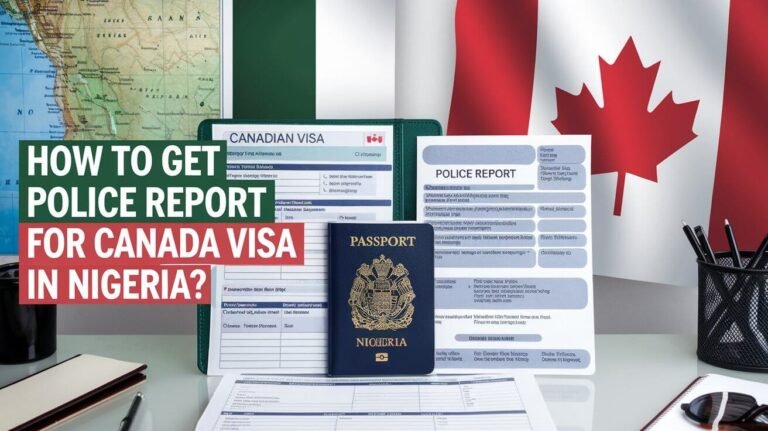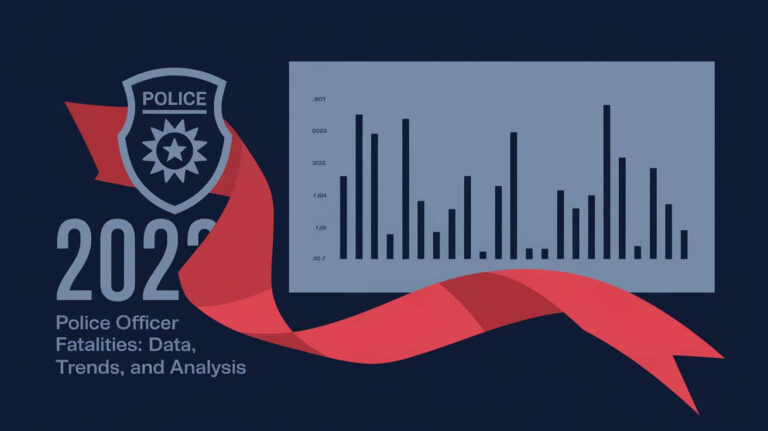Police States Explained: Government Control vs Civil Liberties
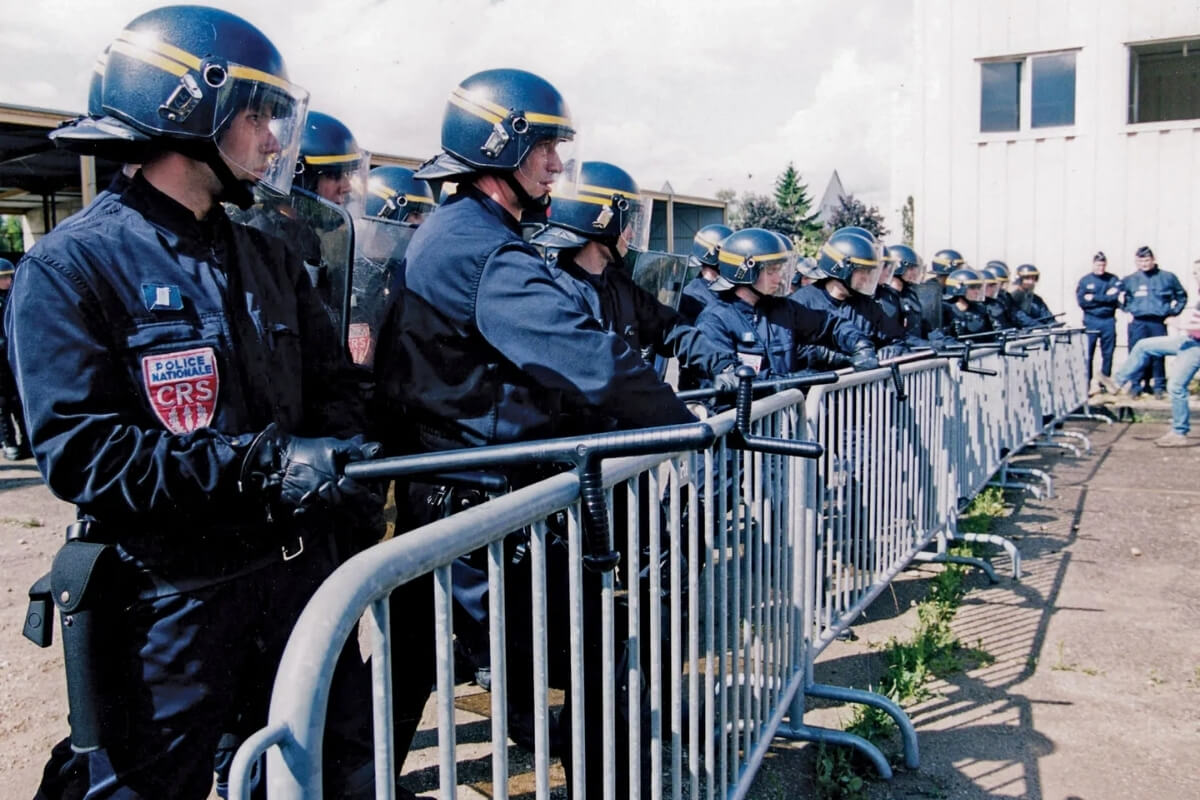
A police state is a system of government where authorities exercise extreme levels of control over society, often through aggressive law enforcement and widespread surveillance. This article explores the concept of police states, their characteristics, historical examples, and their impact on civil liberties.
In a police state, the government wields extensive power to monitor, regulate, and control citizens’ lives. These states often prioritize maintaining order and suppressing dissent over protecting individual rights. While the term “police state” might evoke images of dystopian fiction, real-world examples have existed throughout history and continue to exist today.
Let’s dive into the complexities of police states, examining how they operate, their effects on society, and the ongoing debates surrounding government power and personal freedom.
Defining a Police State
At its core, a police state is a government system that uses law enforcement and surveillance to maintain strict control over its citizens. But what exactly sets a police state apart from other forms of government?
Key Characteristics of Police States
Police states typically share several defining features:
- Extensive surveillance: The government monitors citizens’ activities, communications, and movements.
- Limited civil liberties: Freedom of speech, press, and assembly are often severely restricted.
- Militarized law enforcement: Police forces are heavily armed and may operate more like military units.
- Lack of accountability: Government officials and law enforcement often act with impunity.
- Suppression of dissent: Critics of the government face harsh penalties, including imprisonment or worse.
- Control of information: The state tightly regulates media and internet access.
- Arbitrary detention: Citizens can be arrested and held without due process.
These characteristics create an environment of fear and control, where the state’s power overshadows individual rights.
Historical Origins of the Term
The concept of a police state has roots in 19th-century Europe. The term “Polizeistaat” in German originally referred to a state regulated by a civil administration. However, by the early 20th century, it took on a more negative connotation.
The Oxford English Dictionary traces the English phrase “police state” back to 1851. It was first used to describe the Austrian Empire’s use of a national police force to maintain order. The term gained wider use in the 1930s as totalitarian governments emerged in Europe.
How Police States Operate
Police states employ various tactics to maintain control over their populations. Understanding these methods helps us recognize the signs of a developing police state.
Surveillance and Monitoring
In police states, surveillance is pervasive. Governments use various tools to watch citizens:
- CCTV cameras in public spaces
- Monitoring of phone calls and internet activity
- Infiltration of private gatherings and organizations
- Encouraging citizens to report on each other
This constant monitoring creates a climate of suspicion and self-censorship among the population.
Restrictions on Personal Freedoms
Police states severely limit individual liberties. Common restrictions include:
- Censorship of media and art
- Bans on certain religious or political beliefs
- Limited freedom of movement within the country
- Strict control over education and information
These limitations aim to shape citizens’ thoughts and behaviors to align with state ideology.
Control of Media and Information
Information control is crucial for police states. They often:
- Censor or shut down independent news outlets
- Spread propaganda through state-controlled media
- Restrict internet access and block foreign websites
- Punish journalists who criticize the government
By controlling information, the state shapes public opinion and suppresses dissenting views.
Use of Force and Intimidation
Police states rely heavily on force to maintain control. This can involve:
- Violent suppression of protests
- Torture of political prisoners
- Public executions or disappearances of dissidents
- Arbitrary arrests and detentions
The threat of violence keeps citizens in line and discourages resistance to state authority.
Examples of Police States Throughout History
Several regimes have been widely recognized as police states. Examining these examples helps us understand how police states function in practice.
Nazi Germany
Nazi Germany under Adolf Hitler is often cited as a classic example of a police state. Key features included:
- The Gestapo secret police force
- Widespread use of informants
- Concentration camps for political prisoners
- Strict control over media and education
The Nazi regime used these tools to crush opposition and enforce its racist ideology.
Soviet Union
The Soviet Union, especially under Joseph Stalin, exhibited many police state characteristics:
- The KGB secret police agency
- Extensive network of gulags (labor camps)
- Suppression of religious and political dissent
- Tight control over information and propaganda
Soviet citizens lived in fear of arrest and deportation for even minor perceived offenses against the state.
North Korea
North Korea remains one of the most extreme examples of a modern police state:
- Pervasive surveillance of citizens
- Severe restrictions on travel and communication
- Brutal prison camps for political dissidents
- Tight control over all aspects of daily life
The North Korean government maintains power through isolation, indoctrination, and harsh punishment of dissent.
Other Historical Examples
Many other regimes have been described as police states, including:
- Fascist Italy under Mussolini
- Apartheid-era South Africa
- Chile under Pinochet
- Iraq under Saddam Hussein
These examples show that police states can emerge in various cultural and political contexts.
Signs of a Developing Police State
Recognizing the early signs of a developing police state is crucial for preserving democracy and civil liberties.
Increased Militarization of Law Enforcement
Warning signs include:
- Police acquiring military-grade weapons and vehicles
- Increased use of SWAT teams for routine operations
- Blurring lines between police and military roles
This militarization can lead to more aggressive policing and erosion of civil liberties.
Expansion of Government Surveillance Powers
Red flags in this area include:
- Laws allowing warrantless surveillance
- Increased data collection on citizens
- Government pressure on tech companies to provide user data
As surveillance expands, privacy rights often diminish.
Erosion of Civil Liberties
Watch for:
- Restrictions on freedom of speech and assembly
- Weakening of due process protections
- Increased government secrecy and reduced transparency
These changes can happen gradually, making them harder to notice and resist.
Suppression of Dissent and Free Speech
Concerning signs include:
- Harsh penalties for protesters
- Targeting of journalists and whistleblowers
- Laws criminalizing criticism of the government
A healthy democracy requires the free exchange of ideas, even unpopular ones.
The Impact of Technology on Modern Police States
Advances in technology have given governments new tools for control and surveillance.
Digital Surveillance and the “Electronic Police State”
Modern surveillance capabilities include:
- Mass collection of digital communications
- Advanced data analysis to identify patterns and threats
- Tracking of individuals through cell phones and other devices
These tools allow for unprecedented levels of monitoring and control.
Social Media Monitoring and Control
Governments can use social media to:
- Track dissent and identify activists
- Spread propaganda and misinformation
- Manipulate public opinion through bots and fake accounts
Social media has become a powerful tool for both surveillance and information control.
Facial Recognition and Tracking Systems
New technologies enable:
- Real-time tracking of individuals in public spaces
- Creation of detailed profiles on citizens’ movements and associations
- Automated identification and targeting of dissidents
These systems raise serious privacy concerns and can be easily abused by authoritarian regimes.
Police States vs. Democratic Societies
Understanding the differences between police states and democracies helps us appreciate the value of civil liberties.
Key Differences in Governance
Democratic societies typically feature:
- Rule of law and equal application of laws
- Protection of individual rights and freedoms
- Transparent and accountable government institutions
Police states, in contrast, prioritize state control over individual rights.
Balancing Security and Freedom
Democracies face ongoing challenges in:
- Protecting citizens from threats while preserving civil liberties
- Ensuring law enforcement has necessary tools without overreaching
- Maintaining public safety without creating a surveillance state
Finding the right balance is crucial for preserving both security and freedom.
The Role of Checks and Balances
Democratic systems rely on:
- Separation of powers between branches of government
- Independent judiciary to protect constitutional rights
- Free press to hold government accountable
These checks help prevent the concentration of power that leads to police states.
Preventing the Rise of Police States
Vigilance and active civic engagement are key to preventing the emergence of police states.
Importance of Civil Society and Activism
Strong democracies need:
- Engaged citizens who participate in the political process
- Robust civil society organizations to advocate for rights
- Culture of questioning authority and challenging abuses
An active and informed citizenry is the best defense against creeping authoritarianism.
Legal Safeguards and Constitutional Protections
Key protections include:
- Strong bills of rights enshrined in constitutions
- Independent courts willing to check government overreach
- Laws limiting government surveillance and police powers
These legal frameworks provide a foundation for resisting police state tactics.
International Pressure and Human Rights Advocacy
Global efforts can help by:
- Shining a spotlight on human rights abuses
- Imposing sanctions on repressive regimes
- Supporting pro-democracy movements in authoritarian states
International solidarity can play a crucial role in opposing police states.
Debated Cases: Are These Countries Police States?
Some nations occupy a gray area, with ongoing debates about the extent of their police state characteristics.
China and Hong Kong
China’s use of:
- Mass surveillance technology
- Social credit system
- Repression in Xinjiang and Tibet
Has raised concerns, especially with recent crackdowns on democracy in Hong Kong.
Russia
Under Vladimir Putin, Russia has seen:
- Increased control over media and internet
- Harsh treatment of political opponents
- Expanded powers for security services
Leading some to argue it’s becoming a police state.
Belarus
The regime of Alexander Lukashenko features:
- Widespread political repression
- Tight control over information
- Brutal crackdowns on protests
Earning Belarus the label of “Europe’s last dictatorship.”
Debates Surrounding Western Democracies
Even some Western nations face questions about police state tendencies, including:
- Expanded surveillance powers post-9/11 in the US
- Anti-protest laws in various European countries
- Increased use of facial recognition in the UK
These debates highlight the ongoing tension between security and liberty.
The Long-Term Effects of Living in a Police State
The impact of police states extends far beyond immediate political control.
Psychological Impact on Citizens
Living under constant surveillance and threat can lead to:
- Chronic stress and anxiety
- Distrust in institutions and fellow citizens
- Loss of creativity and initiative
These effects can persist long after a police state falls.
Economic Consequences
Police states often suffer from:
- Reduced innovation and entrepreneurship
- Brain drain as skilled workers flee
- Inefficiencies due to corruption and over-regulation
These factors can severely hamper economic growth and development.
Social and Cultural Changes
Long-term effects on society include:
- Erosion of social trust
- Loss of cultural diversity and expression
- Generational trauma passed down through families
Rebuilding social fabric after years of repression can take decades.
Escaping and Reforming Police States
Transitioning away from a police state is a complex and often difficult process.
Historical Examples of Transition
Successful transitions include:
- Fall of the Berlin Wall and end of East German police state
- South Africa’s transition from apartheid
- Spain’s shift from Franco’s dictatorship to democracy
These cases offer hope and lessons for current struggles against authoritarianism.
Challenges in Dismantling Police State Structures
Obstacles to reform include:
- Entrenched power structures resistant to change
- Legacy of fear and mistrust among citizens
- Lack of experience with democratic institutions
Overcoming these challenges requires patience, persistence, and often outside support.
The Role of International Support
Global community can assist by:
- Providing economic aid tied to reforms
- Offering expertise in building democratic institutions
- Supporting civil society and independent media
International engagement can be crucial in helping countries transition to democracy.
Conclusion: Vigilance in Preserving Civil Liberties
Understanding what a police state is and how it operates is crucial for preserving freedom and democracy. While extreme examples like Nazi Germany or North Korea are easy to identify, the erosion of civil liberties often happens gradually. It’s up to citizens to stay informed, engaged, and willing to stand up for their rights.
By recognizing the signs of a developing police state and actively working to protect civil liberties, we can help ensure that the balance between security and freedom tilts towards preserving human rights and dignity. The struggle against authoritarianism is ongoing, but with vigilance and commitment to democratic values, societies can resist the allure of the police state and build freer, more just communities for all.

